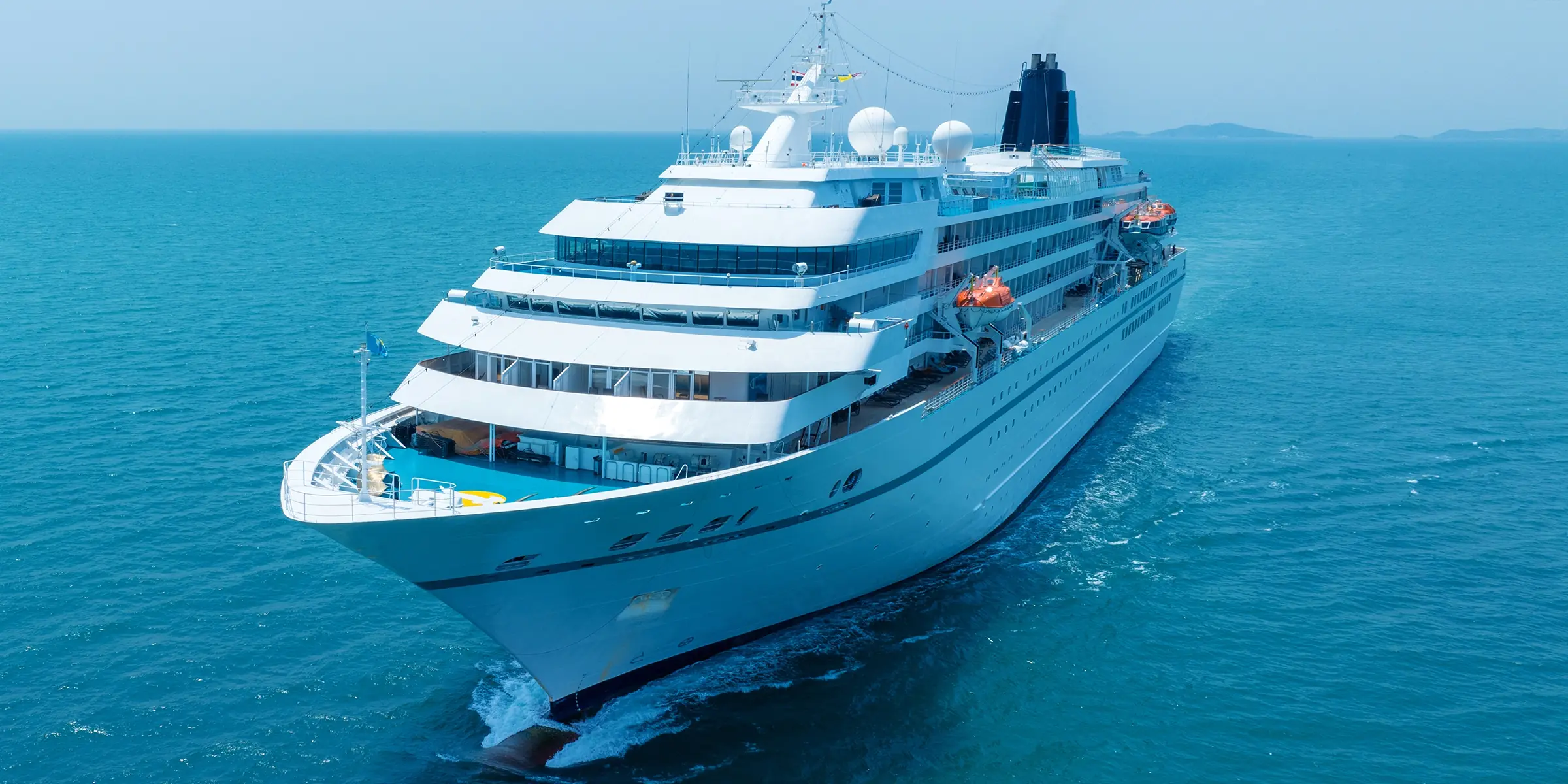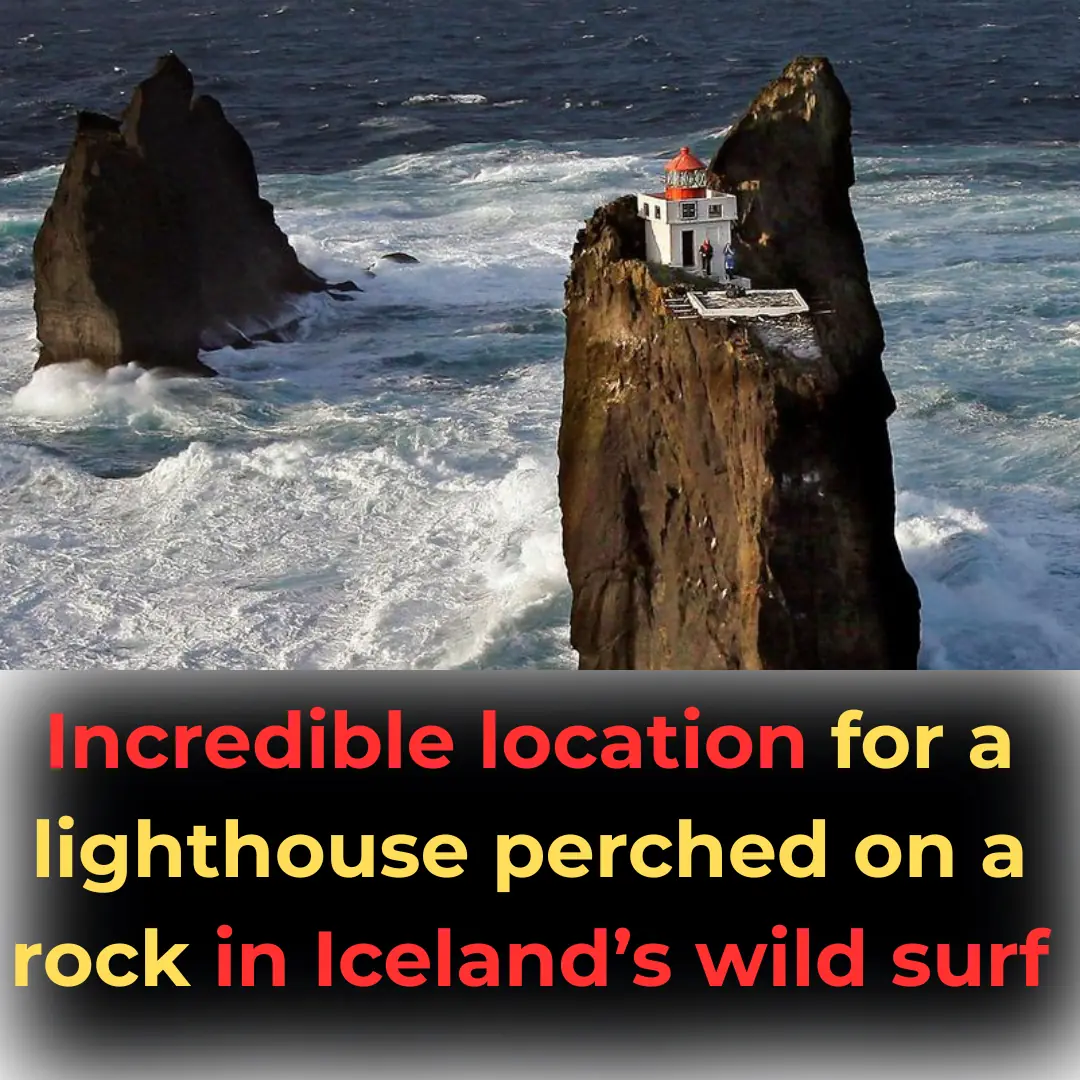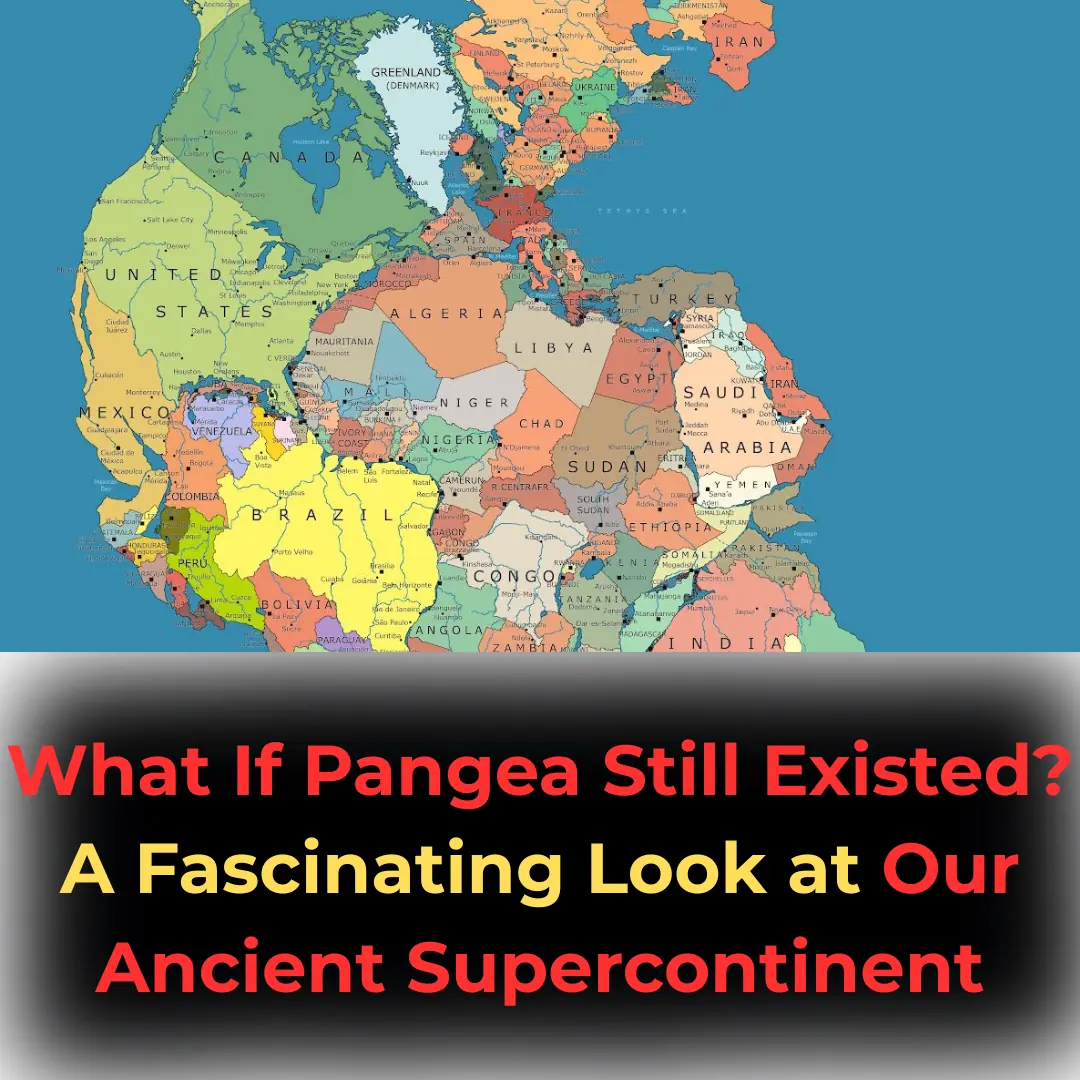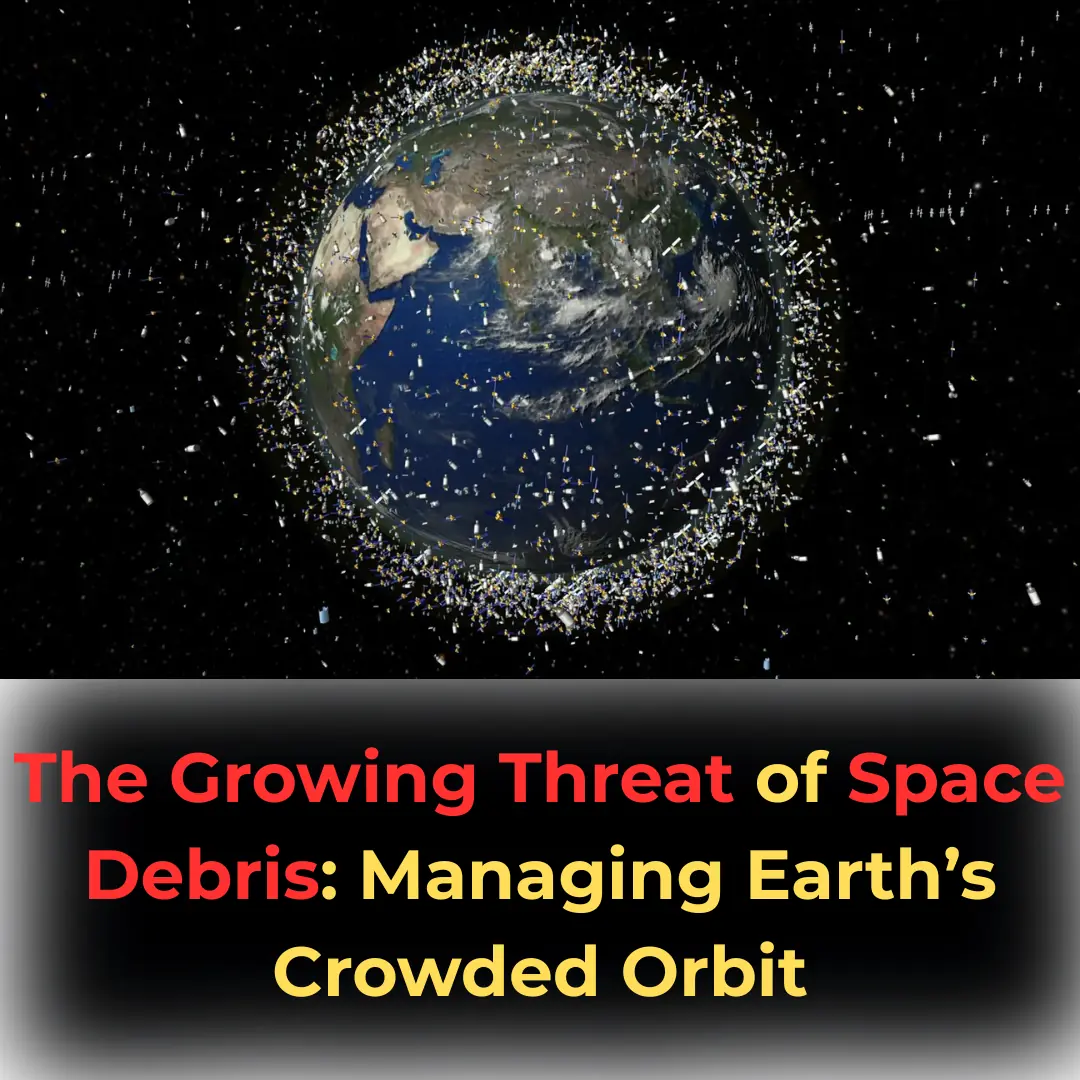
The sea is turning red! Researchers make breakthrough discovery that could help forecast dangerous algae blooms
The Sea is Turning Red! Researchers Make Breakthrough Discovery That Could Help Forecast Dangerous Algae Blooms
Imagine walking along the shore, greeted by the soothing rhythm of the ocean waves. The water is a deep, mesmerizing blue—until, suddenly, it isn’t. The sea has transformed into a striking shade of red, an eerie phenomenon that seems almost supernatural. This unsettling change, known as a harmful algae bloom (HAB), is becoming more frequent and more intense, posing severe threats to marine ecosystems, public health, and the economy. What if we had the power to predict these events before they wreak havoc on coastal regions? Scientists may have just found a way to do exactly that.
For years, researchers have been striving to understand and anticipate these dangerous occurrences. Now, thanks to a revolutionary discovery, we may be on the verge of transforming the way we deal with HABs. A groundbreaking method that utilizes satellite technology and machine learning could allow us to forecast these blooms with unprecedented accuracy—potentially saving lives, protecting marine environments, and reducing economic losses. But how does this technology work, and what does it mean for the future of our oceans?
Understanding Harmful Algae Blooms (HABs)
Harmful algae blooms occur when microscopic algae grow uncontrollably, forming dense patches that can be toxic to marine life and humans alike. These blooms are often fueled by nutrient pollution, rising ocean temperatures, and shifts in ocean currents. Some of the most dangerous algae species release toxins that contaminate seafood, poison fish, and even harm larger marine mammals. When humans consume contaminated seafood or come into direct contact with affected waters, severe illnesses can occur.
The environmental impact of HABs is devastating. These blooms often lead to oxygen depletion in the water, creating vast "dead zones" where marine life cannot survive. Fish suffocate, shellfish populations decline, and coral reefs, already struggling due to climate change, face further destruction. In some cases, entire aquatic ecosystems collapse, leading to long-term consequences for biodiversity and food chains.
Beyond the environmental toll, the economic effects of HABs can be catastrophic. Coastal communities that rely on fishing and tourism suffer the most. Beach closures, seafood bans, and loss of marine life can result in financial damage totaling millions of dollars. States like Florida and California frequently experience these crises, causing widespread concern among policymakers, businesses, and environmentalists alike.
The Groundbreaking Discovery
Scientists have long sought a way to predict HABs before they spiral out of control. Now, thanks to advanced satellite imaging and machine learning algorithms, researchers have developed a new forecasting method that could change everything. By analyzing real-time data from satellites and ocean sensors, this system can detect early warning signs of HABs—weeks before they reach their peak intensity.
What makes this breakthrough so significant? Unlike traditional monitoring methods, which often rely on direct water sampling, this new approach incorporates multiple environmental factors. It takes into account water temperature fluctuations, nutrient levels, wind patterns, and ocean currents, all of which contribute to algae bloom formation. This comprehensive analysis allows scientists to pinpoint where and when a HAB is likely to occur, giving coastal communities and industries valuable time to prepare.
The results are already promising. Several high-risk regions have been successfully monitored using this technology, demonstrating its ability to provide timely and accurate warnings. The implications are profound: with early detection, authorities can implement proactive measures to minimize damage, such as temporary fishing bans, water treatment strategies, and public health advisories.
How the Discovery Can Help Forecast Algae Blooms
Predicting HABs has always been a challenge due to the complex interplay of oceanographic and climatic factors. However, this breakthrough represents a major leap forward. By integrating vast amounts of data with predictive analytics, scientists can generate reliable forecasts that empower governments, businesses, and residents to take action before a crisis unfolds.
For the fishing industry, early warnings could be a financial lifeline. Sudden algae blooms often lead to mass fish deaths and contamination of shellfish, devastating local fisheries. With an advanced forecasting system, fishermen could avoid affected waters or harvest their catches before the toxins spread. This proactive approach would not only protect seafood markets but also reduce food safety risks for consumers.
Coastal tourism would also benefit immensely. Red tides and other HABs often force popular beaches to close, deterring visitors and costing local businesses millions of dollars. With an accurate prediction system, officials could take preemptive measures, such as adjusting tourism plans, issuing early warnings, and implementing cleanup efforts before the situation escalates.
The Environmental and Economic Impact
HABs are not just a regional problem; they have global implications. As ocean temperatures rise and pollution levels increase, the frequency and severity of algae blooms are expected to grow. This means that forecasting and mitigation efforts must become a priority on a worldwide scale.
From an environmental perspective, HABs threaten fragile marine ecosystems by disrupting food chains, suffocating marine life, and altering water chemistry. If left unchecked, they can contribute to the decline of fish populations, which in turn affects predators such as seabirds, dolphins, and larger fish species. This discovery offers hope for better ecosystem management and conservation strategies.
Economically, the stakes are just as high. In the U.S. alone, HABs cause losses of hundreds of millions of dollars each year due to fishing bans, medical expenses, and tourism downturns. By implementing predictive measures, we can significantly reduce these losses and create a more sustainable balance between human activity and marine health.
The Path Forward: Challenges and Opportunities
Despite its enormous potential, this forecasting technology faces several hurdles. Implementing a global HAB prediction system will require substantial funding, technological infrastructure, and international collaboration. Governments, environmental agencies, and private sectors must work together to ensure that this tool is accessible and used effectively.
Moreover, forecasting HABs is still an evolving science. While current models provide valuable insights, they are not foolproof. Unpredictable weather patterns, sudden shifts in ocean currents, and unknown biological factors can all influence bloom behavior. Continued research and refinement of these predictive models are essential to improving accuracy and reliability.
However, the opportunities far outweigh the challenges. By investing in cutting-edge ocean monitoring and machine learning capabilities, we can build a future where HABs are no longer devastating surprises but manageable occurrences. This discovery is not just about protecting marine life—it’s about safeguarding economies, preserving natural beauty, and ensuring that future generations can enjoy healthy, thriving oceans.
A New Hope for Our Oceans
The sea may be turning red more frequently, but thanks to groundbreaking scientific advancements, we are now better equipped than ever to understand and combat this phenomenon. The ability to predict harmful algae blooms marks a major victory in marine science, offering new hope for the health of our oceans and coastal communities.
Yet, the journey is far from over. Continued research, technological innovation, and global cooperation will be crucial in turning this discovery into a practical, widespread solution. The fight against HABs is a fight for the future of our planet’s waters. And with science leading the way, we are one step closer to winning it.
News in the same category


When my son innocently revealed that my husband had been secretly driving a brighter car with a woman I knew nothing about.

Why Was My Son Left Out? A Text Revealed the Truth

Three Became Fathers in a Day—One Text Changed Everything

"Unbelievable Coincidence: The Orphanage Held a Carbon Copy of Our Child!"

The Hidden Weight of Childhood: A Journey of Independence, Compassion, and Unspoken Secrets

There were cops in my yard, and as an african american family, my mind was full of negative thoughts

I Always Thought Housework Was a Breeze—Until My Son Taught Me a Lesson I’ll Always Remember

I Helped Plan a Family Cruise for My Dad and Stepmom & They Invited Me Too—I Didn't Know They'd Turn Me Into the Nanny
I thought joining my dad and stepmom on a family cruise would bring us closer. Instead, I found myself stuck in a tiny cabin with two kids and a long list of responsibilities no one warned me about.

"The Strength Within: A Story of Love, Loss, and Triumph"

A Surprise Visit to My Long Distance Boyfriend Turned into a Disaster— Story of the Day
After my husband of eighteen years left me, I struggled to find love again at forty-one. Desperate, I joined a dating site and met a charming man named Juan. I took a leap of faith and traveled to Mexico to surprise him, but it turned out to be the worst

Incredible location for a lighthouse perched on a rock in Iceland’s wild surf

Drought Reveals “Spanish Stonehenge” Older Than the Pyramids.

Mystical Seabed Art: The Puffer Fish’s Elaborate Mating Rituals Unveiled

Olympus Mons: The largest volcano in the solar system

"What If Pangea Still Existed? A Fascinating Look at Our Ancient Supercontinent"

The Growing Threat of Space Debris: Managing Earth’s Crowded Orbit

AM I WRONG TO BE ANGRY THAT MY 71-YEAR-OLD MOM SPENT MONEY ON A TRIP INSTEAD OF HELPING ME PAY MY BILLS?

A wounded veteran picks up trash, as people whisper behind me.

I held her tight while she cried and wouldn’t let go.
News Post

Banana Peels as a Natural Ant Repellent: A Safe and Eco-Friendly Solution

1 year ago 1 year ago Peace Lily Care Guide: Key Tips to Ensure Its Flourishing Growth

THIS DOUBLES Your Testosterone Naturally in 7 Days!

10 Remarkable Health Benefits of Pigweed Greens You Need to Know

Euphorbia Hirta (Asthma-Plant): Ancient Remedies and Modern Applications for Health and Wellness

Yarrow: A Natural Herb with Powerful Health Benefits

Onion peels and cloves: a simple hair growth remedy from Grandma's time

Vaseline to look 10 years younger

HE JUST NEEDED $25 FOR A HAIRCUT—BUT WHAT HE DID WITH IT SHOOK ME

When my son innocently revealed that my husband had been secretly driving a brighter car with a woman I knew nothing about.

Doctor Warns Against This One Thing If You Wake Up at Night

Reasons You Could Have Numbness or Tingling Sensations in Your Hands

A Well-Known Shampoo Is Being Withdrawn Immediately Due To Bacteria That Can Kill One In Ten Patients

Why Was My Son Left Out? A Text Revealed the Truth

Three Became Fathers in a Day—One Text Changed Everything

"Unbelievable Coincidence: The Orphanage Held a Carbon Copy of Our Child!"

The Hidden Weight of Childhood: A Journey of Independence, Compassion, and Unspoken Secrets

There were cops in my yard, and as an african american family, my mind was full of negative thoughts

I Always Thought Housework Was a Breeze—Until My Son Taught Me a Lesson I’ll Always Remember

I Helped Plan a Family Cruise for My Dad and Stepmom & They Invited Me Too—I Didn't Know They'd Turn Me Into the Nanny
I thought joining my dad and stepmom on a family cruise would bring us closer. Instead, I found myself stuck in a tiny cabin with two kids and a long list of responsibilities no one warned me about.